Home>Furniture>Living Room Furniture>What Is A Window Seat Called
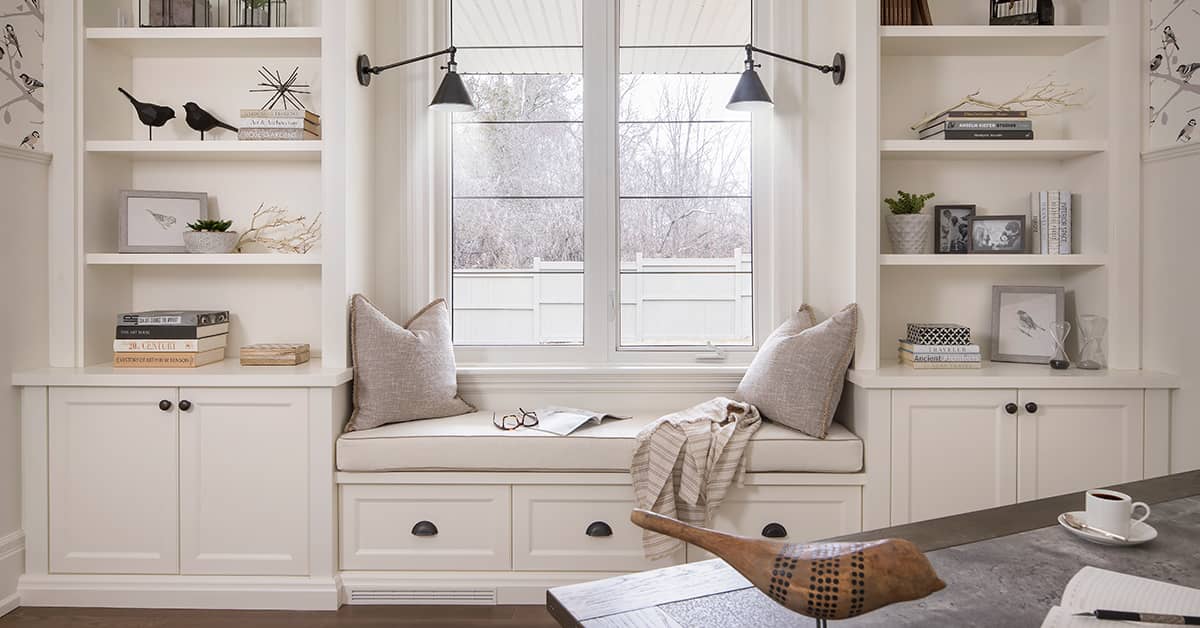

Living Room Furniture
What Is A Window Seat Called
Modified: March 16, 2024
Discover the perfect living room furniture piece for relaxation and style - the window seat. Enhance your space with this cozy and versatile addition.
(Many of the links in this article redirect to a specific reviewed product. Your purchase of these products through affiliate links helps to generate commission for Storables.com, at no extra cost. Learn more)
Introduction
Welcome to the world of living room furniture, a space where comfort and style merge to create the perfect haven for relaxation and socializing. When it comes to designing a living room, one element that often stands out is a window seat. This unique piece of furniture not only adds elegance and charm to the room but also serves as a versatile and functional seating option.
A window seat is a built-in or freestanding bench-like structure typically positioned beneath a window. It provides a cozy and intimate spot for individuals to sit, read, or simply enjoy the view outside. With its distinctive design and inviting presence, a window seat adds character and warmth to any living room.
Over the years, window seats have evolved, embracing various forms and styles to cater to different preferences and architectural designs. From traditional built-in benches to contemporary standalone pieces, there is a wide range of options to choose from.
In this article, we will explore the different variations of window seats, their historical significance, the benefits they offer, window seat etiquette, and popular preferences among homeowners. So, let’s dive in and discover the fascinating world of window seats.
Key Takeaways:
- Window seats are cozy, functional, and versatile seating options that add charm and elegance to living rooms, offering natural light, scenic views, and storage solutions.
- Proper window seat etiquette includes sharing the view, respecting personal space, and maintaining cleanliness, ensuring a pleasant experience for all occupants.
Read more: What Are Ceiling Windows Called
Definition of a Window Seat
A window seat is a specialized form of seating arrangement that is located near a window. It can vary in size and shape but typically consists of a bench or low platform that is positioned beneath a window. This unique piece of furniture is designed to take advantage of the natural light and the view outside, creating a cozy and relaxing space within the room.
Window seats can be custom-built and integrated into the structure of a room, or they can be standalone pieces of furniture that can be moved and positioned wherever desired. They are often constructed with a comfortable cushion and upholstered in fabric or leather for added comfort.
The primary purpose of a window seat is to provide a comfortable seating area for individuals to relax, read a book, or simply enjoy the view outside. It creates a personal nook within the living room, offering a sense of privacy and tranquility.
Additionally, window seats offer functional storage solutions, as often they are built with hidden compartments or drawers beneath the seating area. These storage features allow for the organization of blankets, pillows, books, or other items, reducing clutter and maximizing the use of space.
Window seats can be found in various styles, ranging from traditional and rustic to modern and contemporary. They can be decorated with cushions, throw pillows, and decorative elements to add a personal touch and complement the overall aesthetic of the room.
Overall, a window seat not only serves as a beautiful addition to a living room but also creates a cozy and functional space for relaxation and contemplation.
Variations of Window Seats
Window seats come in a variety of designs and styles, allowing homeowners to find the perfect option that suits their preferences and complements their living room decor. Let’s explore some of the most common variations of window seats:
- Built-in Window Seats: This type of window seat is built directly into the structure of the room, typically beneath a window. It can span the entire length of the window or be smaller in size, depending on the available space. Built-in window seats offer a seamless and integrated look, blending harmoniously with the surrounding architecture.
- Bay Window Seats: Bay windows provide the perfect opportunity for a window seat. These seats are specifically designed to fit within the curved or angled structure of a bay window, creating a cozy nook that embraces the natural light and panoramic view.
- Freestanding Window Seats: As the name suggests, freestanding window seats are movable pieces of furniture that can be positioned anywhere in the room. They offer versatility and flexibility, allowing homeowners to rearrange the seating arrangement according to their preference and needs.
- Storage Window Seats: Storage window seats are a practical and functional option, especially for rooms with limited space. They feature built-in storage compartments underneath the seat, providing a convenient place to keep blankets, books, or other items that you want to keep within reach but not cluttering the room.
- Window Seat Nooks: Some window seats are designed to create a cozy nook-like space by incorporating walls or additional elements around it. These nooks provide a sense of coziness and privacy, making them perfect for curling up with a good book or enjoying a peaceful moment.
These are just a few examples of the variations of window seats available. Whether you prefer a built-in seat or a freestanding one, with storage or without, there is a window seat design out there to suit your style and enhance your living room’s functionality and aesthetic appeal.
Historical Significance
The concept of the window seat can be traced back to ancient times, where it served both functional and symbolic purposes. In medieval castles and grand residences, window seats were often incorporated into the thick stone walls to provide a place for rest and relaxation. These seats were typically located within the castle’s “chambre de parade” or formal rooms, overlooking breathtaking views of the surrounding landscape or gardens.
During the Renaissance period, window seats gained popularity among the upper class as a sign of prestige and luxury. They were commonly found in the grand palaces and mansions of European royalty and aristocracy. These seats were often ornately carved and decorated, showcasing the craftsmanship and wealth of the owner.
In the 18th and 19th centuries, window seats became more common in residential homes. They were mostly found in Victorian and Georgian houses, where they served as reading nooks or observation points for the family members. These seats were typically upholstered and adorned with cushions and drapes, adding a touch of elegance and comfort to the room.
Throughout history, window seats have also been associated with literary figures and their works. They were often mentioned in classic novels and poetry, symbolizing a place of solitude and inspiration. Writers such as Jane Austen and J.R.R. Tolkien portrayed window seats as areas of contemplation and reflection for their characters.
Today, window seats continue to hold historical and cultural significance. They evoke a sense of nostalgia and charm, reminding us of a bygone era where time was spent gazing out into the world or engrossed in a good book.
Whether in grand castles or humble cottages, the window seat has remained a timeless piece of furniture, connecting us to the past while providing a cozy and serene spot in the present.
A window seat on an airplane is often called a “window seat” because it is located next to the window. It’s a great choice for those who enjoy looking out at the view during the flight.
Benefits of a Window Seat
A window seat is more than just a decorative piece of furniture; it offers a plethora of benefits that can enhance your living room experience. Here are some of the key benefits of having a window seat:
- Natural Light: One of the primary advantages of a window seat is its proximity to the window, allowing you to bask in the natural light that streams through. Natural light not only brightens up the space but also creates a positive and uplifting atmosphere. It can improve your mood, increase productivity, and provide a sense of well-being.
- Scenic Views: A window seat provides an ideal vantage point to enjoy the beautiful outdoor scenery. Whether you live in a bustling city or surrounded by nature, having a window seat allows you to appreciate the changing seasons, observe birds and wildlife, or marvel at stunning sunsets. It connects you to the outside world, bringing a sense of tranquility and serenity to your living room.
- Cozy Retreat: A window seat creates a cozy and intimate space within your living room. It offers a sense of privacy, making it the perfect spot to curl up with a book, have a moment of relaxation, or engage in quiet contemplation. The cushioned seat and supportive backrest provide comfort, inviting you to unwind and recharge.
- Additional Seating: With the addition of a window seat, you can expand the seating capacity in your living room. It provides extra space for guests to sit and socialize, making it a functional and versatile seating option during gatherings or family gatherings.
- Functional Storage: Many window seats come with built-in storage compartments beneath the seat. This feature allows you to keep blankets, pillows, books, or other items neatly tucked away, reducing clutter in your living room. It maximizes the use of space and provides convenient access to essential items.
- Aesthetic Appeal: Window seats add a touch of elegance and charm to any living room. They come in various designs and styles, allowing you to choose one that complements your overall decor. Whether you prefer a traditional built-in seat or a modern freestanding one, a window seat can enhance the visual appeal of your living room, making it a focal point of interest.
By incorporating a window seat into your living room, you can enjoy these benefits and create a cozy and inviting space that combines comfort, style, and functionality.
Read more: What Are Attic Windows Called
Window Seat Etiquette
When it comes to utilizing a window seat in a public setting, there are a few etiquette considerations to keep in mind. Adhering to these guidelines ensures a respectful and pleasant experience for everyone sharing the space. Here are some window seat etiquette tips to follow:
- Sharing the View: If you’re on a window seat with a scenic view, be mindful of others who may also want to enjoy it. Avoid monopolizing the spot for an extended period and be willing to share the view by rotating seats with fellow occupants.
- Maintaining Personal Space: Respect the personal space of other individuals seated in the vicinity. Avoid leaning or invading their area, granting everyone sufficient room to sit comfortably.
- Securing Belongings: Ensure that personal belongings, such as bags or jackets, are kept in your designated seating area. Avoid spreading them onto neighboring seats or obstructing walkways.
- Volume Control: Exercise discretion when it comes to noise levels. Be mindful of conversations, phone calls, or any activities that may disturb others in close proximity, especially in shared spaces such as public transportation or cafes.
- Mindful Reclining: If you have a reclining window seat, be considerate of the space limitations of those seated behind you. Avoid sudden and forceful reclining, as it may encroach on their comfort and personal space.
- Polite Gesture: Offer a polite gesture to others who may want to access the window seat. If it’s a shared space or public transportation, allowing others to experience the seat’s benefits demonstrates kindness and consideration.
- Cleanliness and Tidiness: Keep the window seat area clean and tidy. Dispose of any trash or food wrappers properly, and ensure that you leave the seat in the same condition as you found it.
- Respecting Boundaries: Be aware of any policies or rules associated with the window seat, especially in public spaces. Certain seats may be designated for specific individuals or have usage restrictions, such as priority seating for seniors or disabled individuals.
- Be Inclusive: If you notice someone struggling to find a seat, offer to share your window seat or help them find an available seat nearby. Being inclusive and considerate fosters a positive and friendly environment.
By following these window seat etiquette practices, you contribute to a more enjoyable and harmonious experience for both yourself and others who may also utilize the seating area.
Window Seat Preferences
When it comes to window seats, personal preferences play a significant role in the design and usage. Here are some common window seat preferences that homeowners often consider:
- Comfort: Comfort is paramount when it comes to enjoying a window seat. Many individuals prefer a well-padded cushion for seating and a supportive backrest for extended periods of relaxation. The choice of upholstery, such as soft fabrics or plush leather, can also contribute to the overall comfort.
- View: The view from the window seat is a key factor for many homeowners. Some may prefer a seat facing a garden, city skyline, or a natural landscape, while others may opt for a window seat overlooking a busy street for people-watching. The view adds to the ambiance and can contribute to the purpose of the window seat.
- Privacy: For those seeking solitude and privacy, window seats with higher backrests or those located in more secluded corners of the room can offer a sense of seclusion. This type of window seat is ideal for curling up with a book or enjoying a moment of quiet reflection.
- Style: Window seats come in various styles, from traditional built-in designs to modern freestanding pieces. Homeowners often choose a style that complements the interior decor and matches the overall aesthetic of the living room. The color, material, and detailing of the window seat should harmonize with the surrounding furniture and decor elements.
- Functionality: Functional features are also important considerations. Homeowners may prefer window seats with built-in storage compartments to maximize space utilization and keep the living room organized. Additionally, some may opt for a window seat with integrated charging ports or built-in lighting to enhance usability.
- Size and Placement: The size and placement of the window seat depend on the available space and the individual’s needs. Some may prefer a larger window seat that can accommodate multiple individuals, while others may opt for a smaller and more intimate design. The placement of the window seat can range from beneath a large picture window to a cozy corner nook.
- Customization: Customization options are also popular among homeowners who want a window seat tailored to their specific preferences. Custom-built window seats allow for unique designs, tailored fabric choices, and personalized storage solutions, resulting in a truly one-of-a-kind piece.
Ultimately, window seat preferences are subjective and vary from person to person. It’s essential to consider individual comfort, style, functionality, and personal taste when selecting or designing a window seat that will fulfill your specific desires and enhance your living room space.
Conclusion
Window seats are not just furniture; they are a doorway to comfort, relaxation, and a connection to the outside world. Whether you choose a built-in or freestanding design, a window seat adds charm, functionality, and aesthetic appeal to your living room.
We have explored the definition of a window seat, the various styles and designs available, and delved into its historical significance. From ancient castles to modern-day homes, window seats have evolved and stood the test of time, becoming an integral part of interior design.
The benefits of a window seat are numerous. It provides a cozy retreat where you can enjoy natural light, take in scenic views, and create a personal space for relaxation or reading. Window seats also offer additional seating options, functional storage solutions, and contribute to the overall aesthetic appeal of your living room.
When utilizing a window seat in a public setting, it is important to follow proper window seat etiquette. Sharing the view, respecting personal space, and maintaining cleanliness and tidiness are some key considerations to prioritize.
Lastly, window seat preferences vary from person to person. Comfort, the view, privacy, style, functionality, and customization options are factors that influence individual choices. Tailoring your window seat to your specific needs and taste will ensure that it becomes a cherished and inviting feature of your living room.
In conclusion, window seats offer a unique and delightful experience. They combine the beauty of nature, the warmth of natural light, and the comfort of a cozy nook, making them a cherished spot for relaxation and contemplation. So, go ahead, embrace the charm of a window seat, and transform your living room into a haven of comfort and style.
Frequently Asked Questions about What Is A Window Seat Called
Was this page helpful?
At Storables.com, we guarantee accurate and reliable information. Our content, validated by Expert Board Contributors, is crafted following stringent Editorial Policies. We're committed to providing you with well-researched, expert-backed insights for all your informational needs.



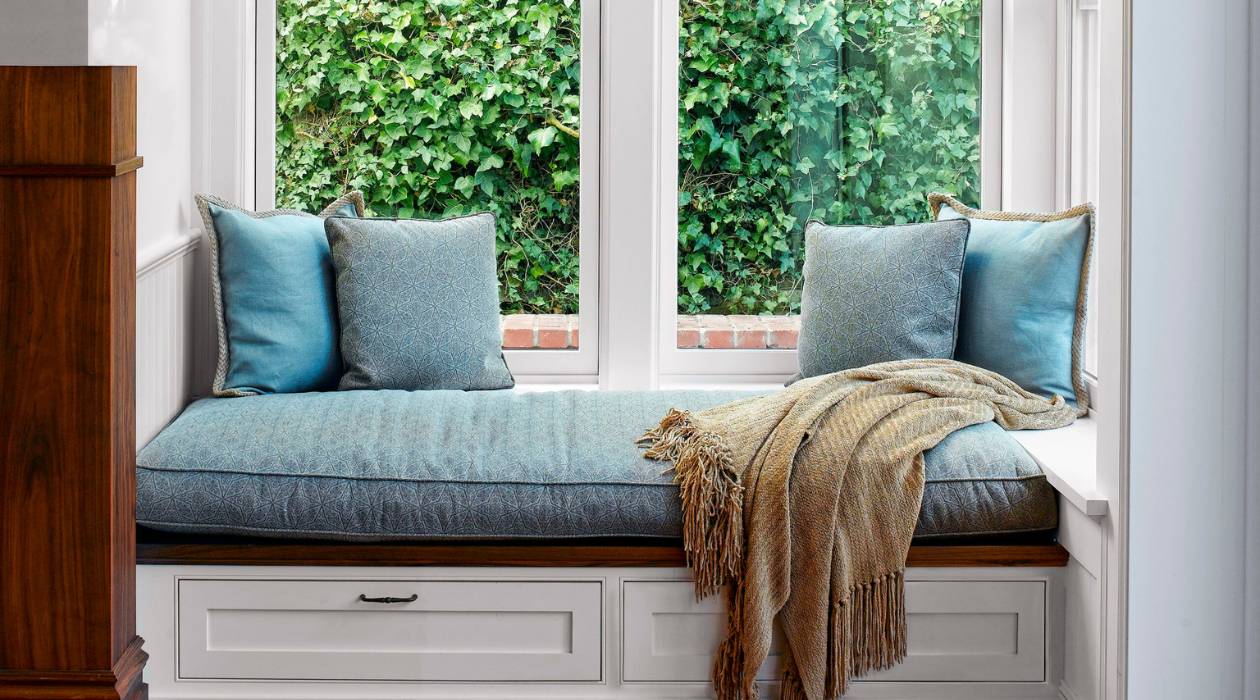
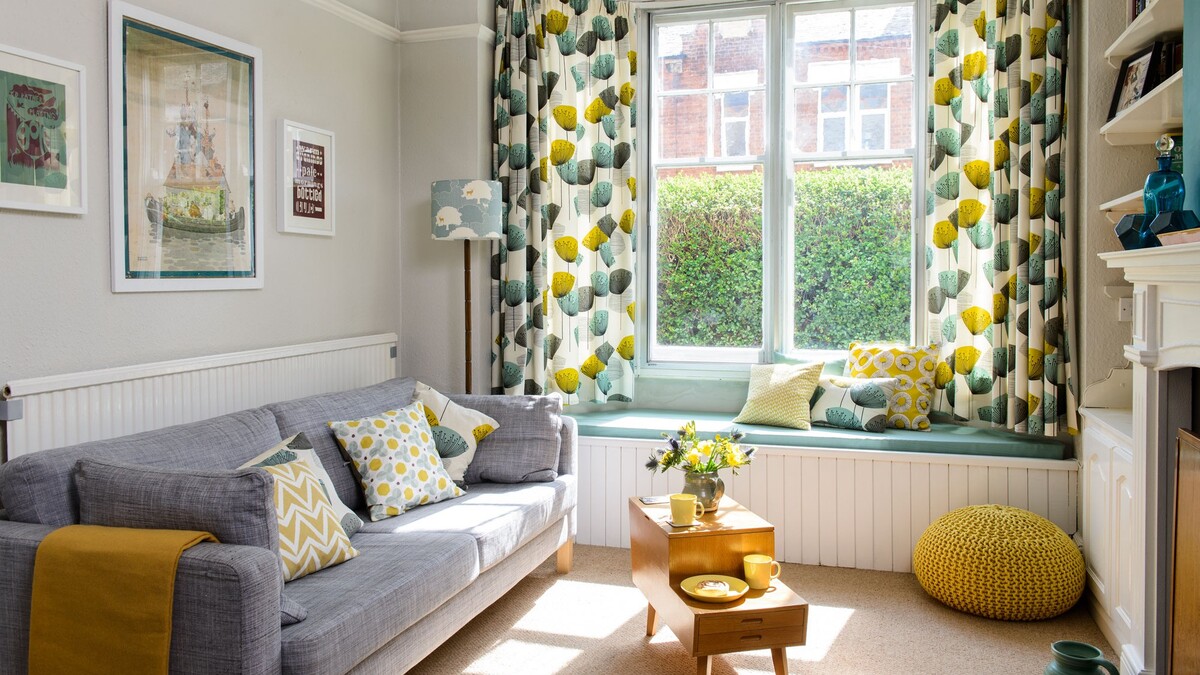
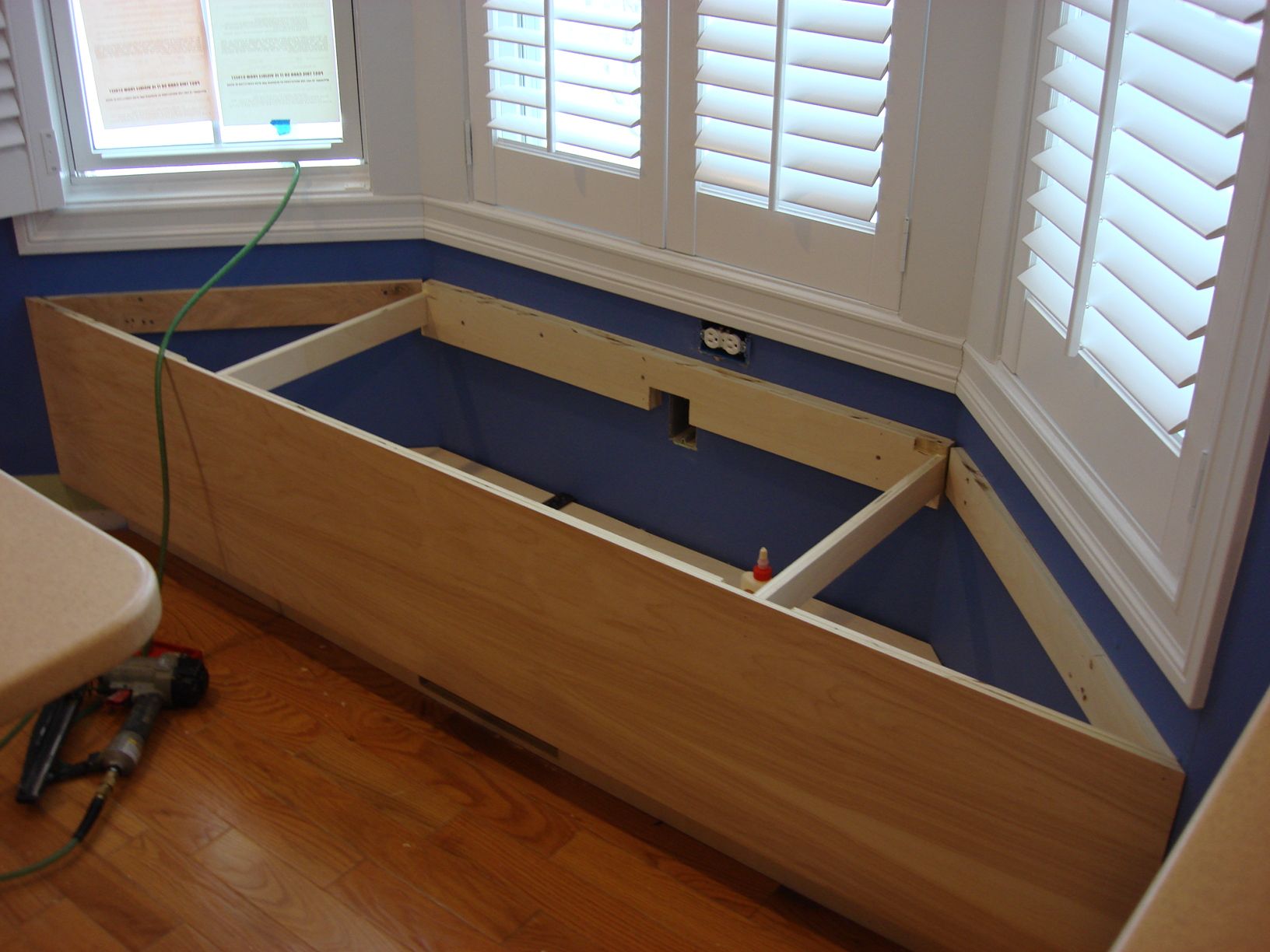
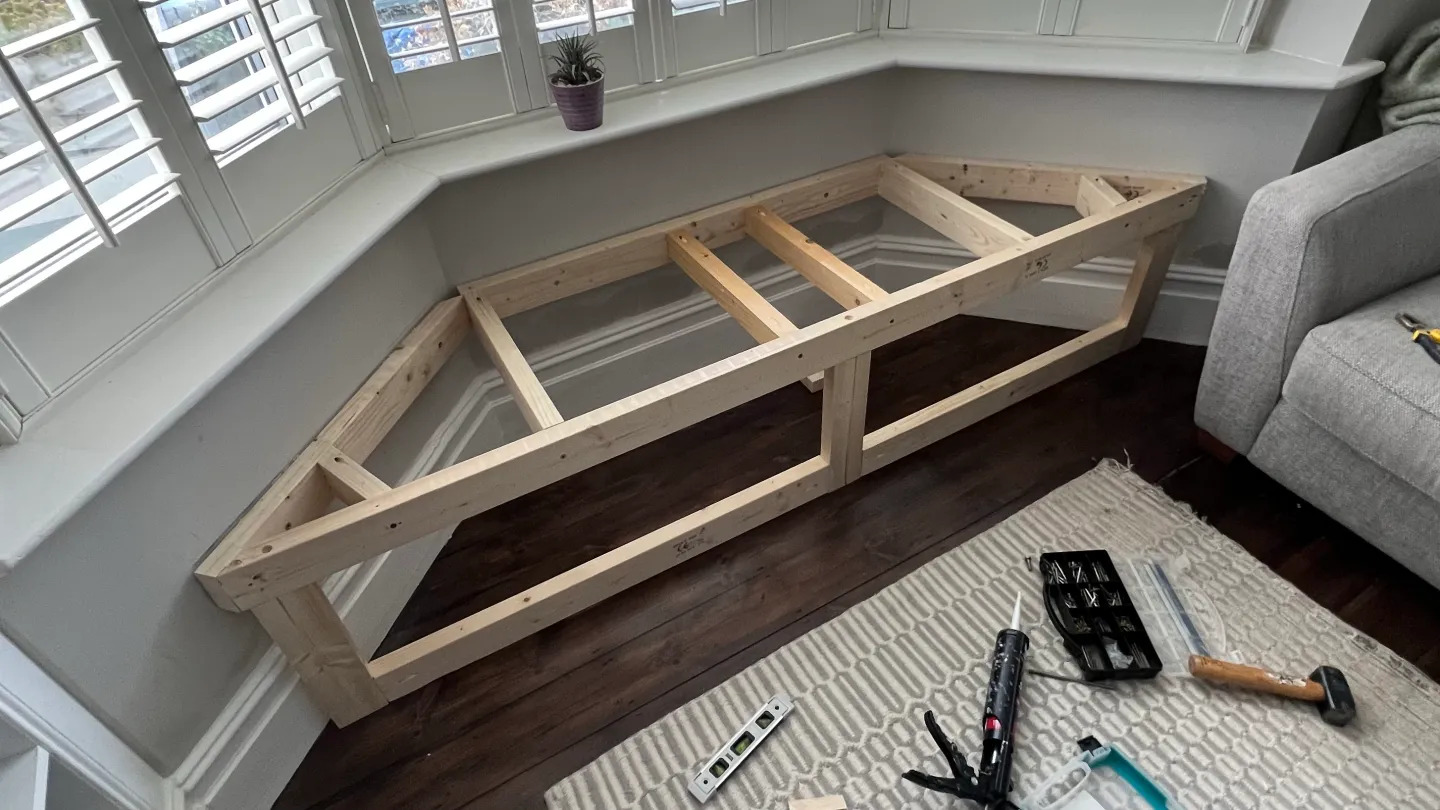
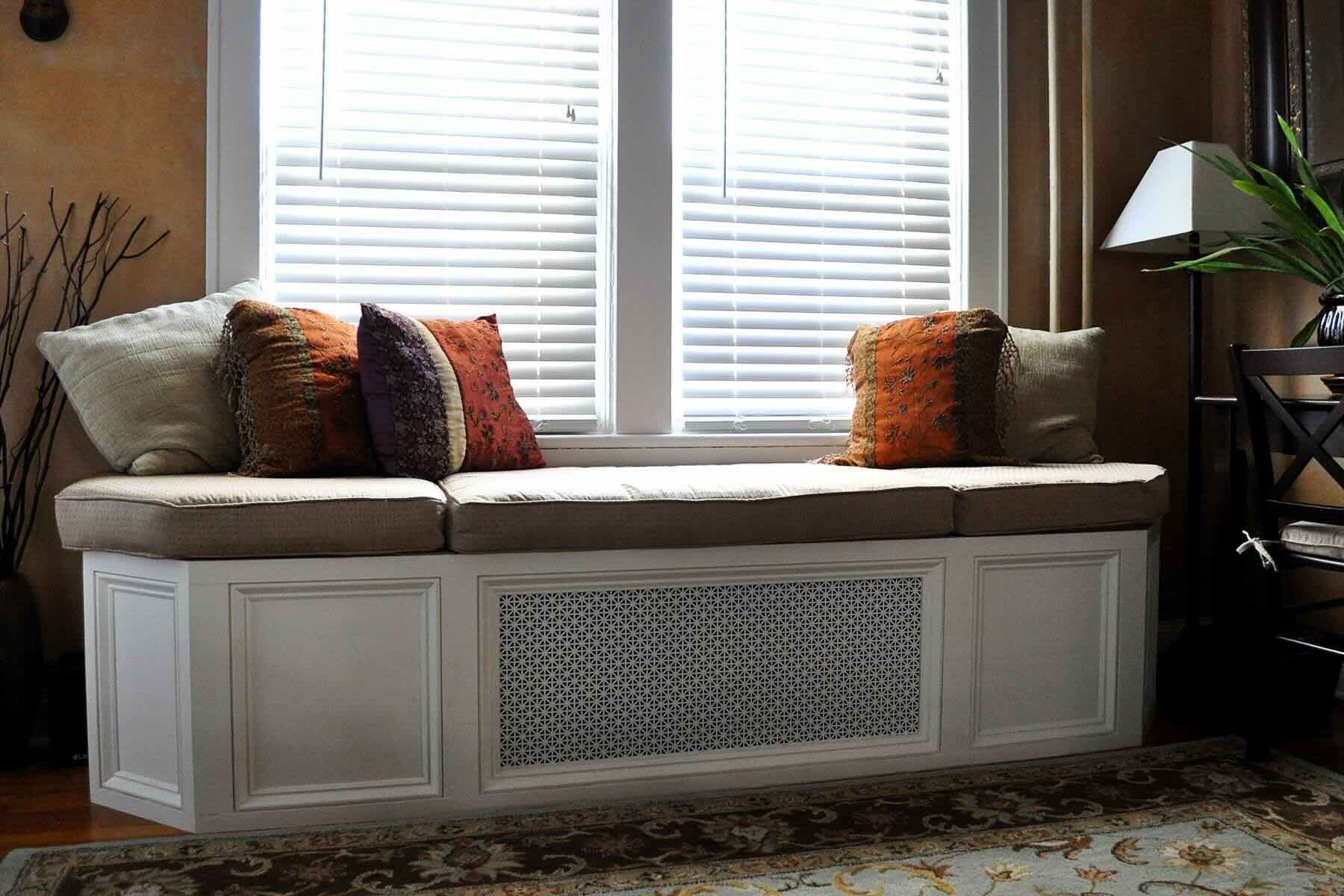
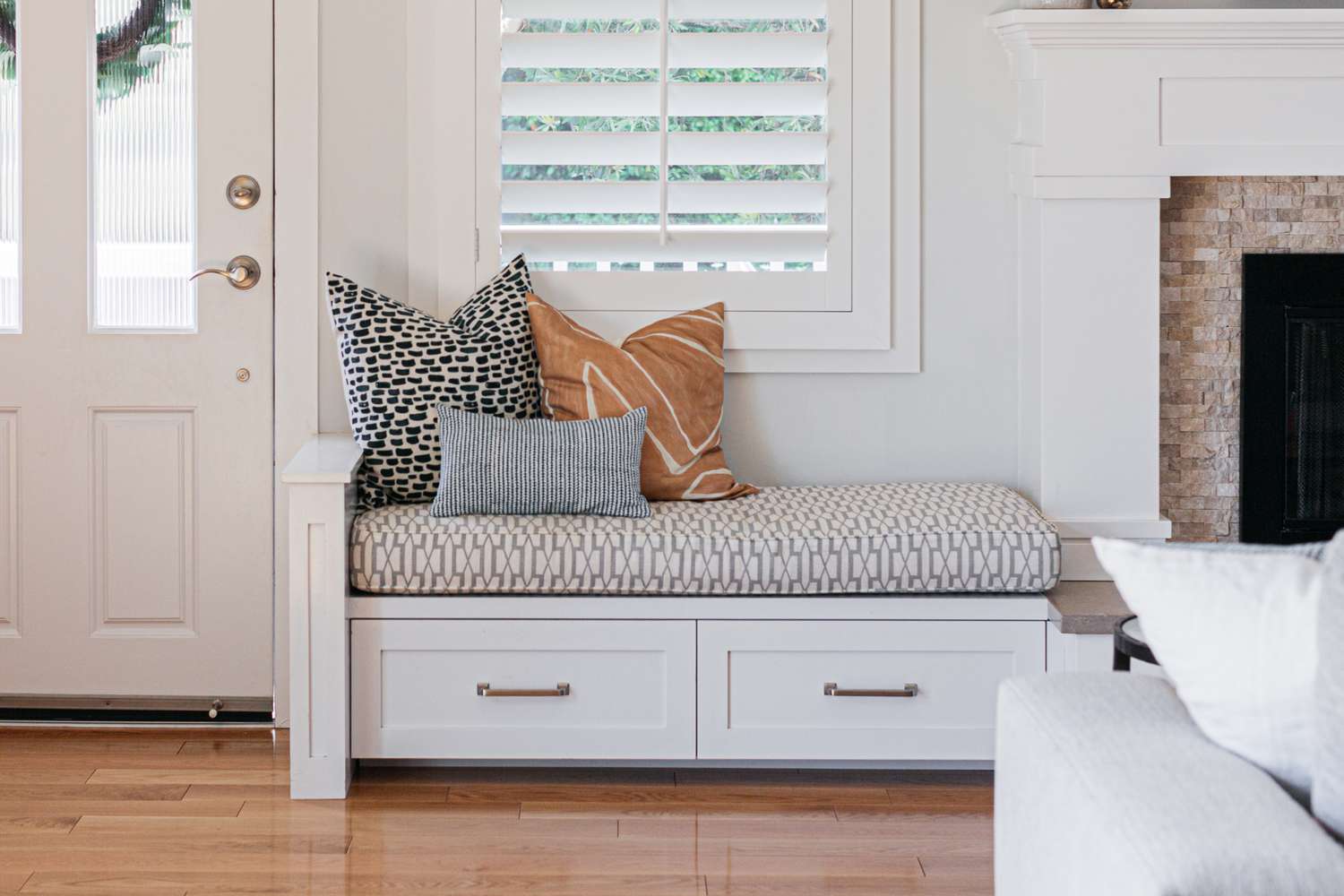
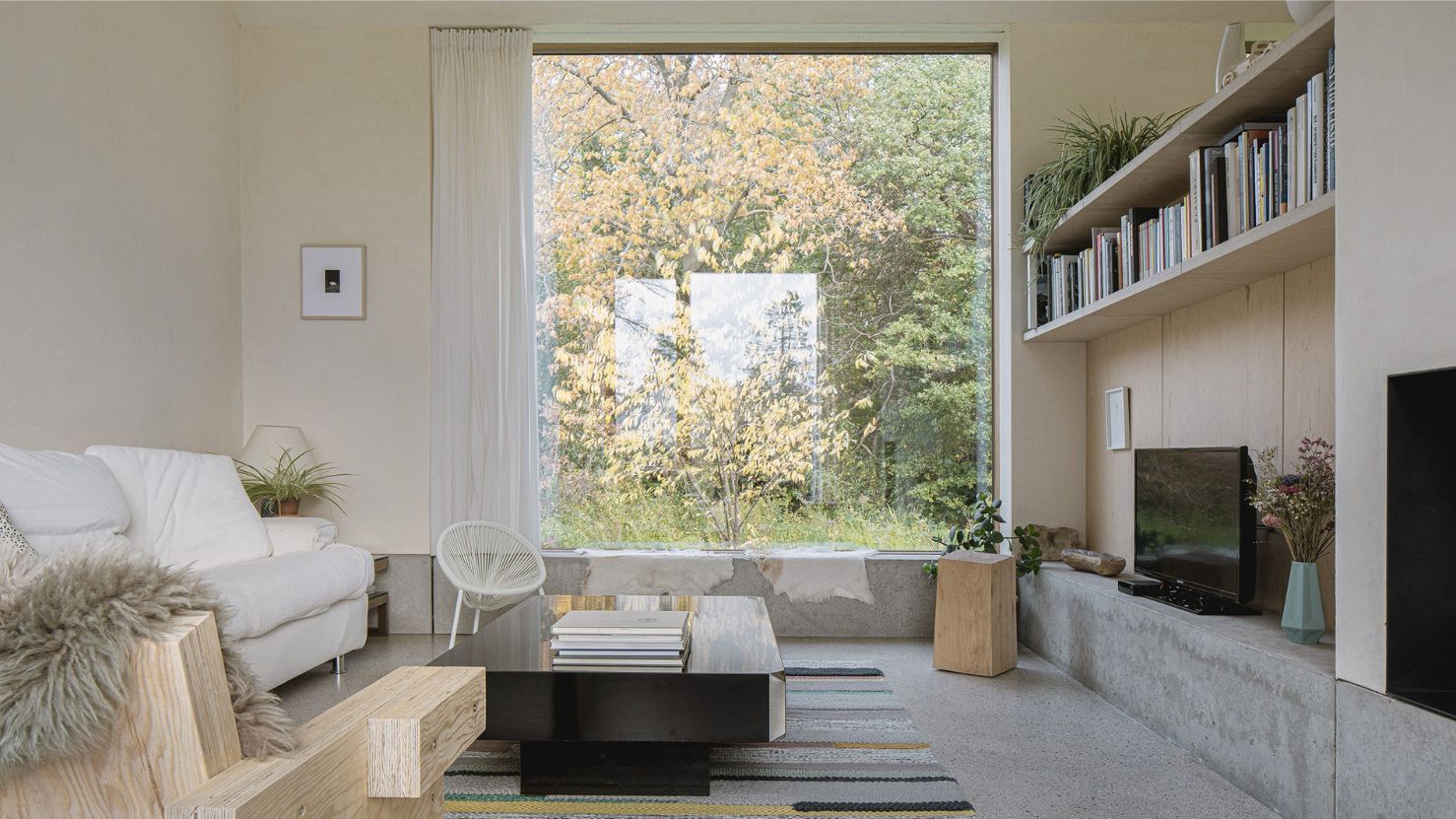
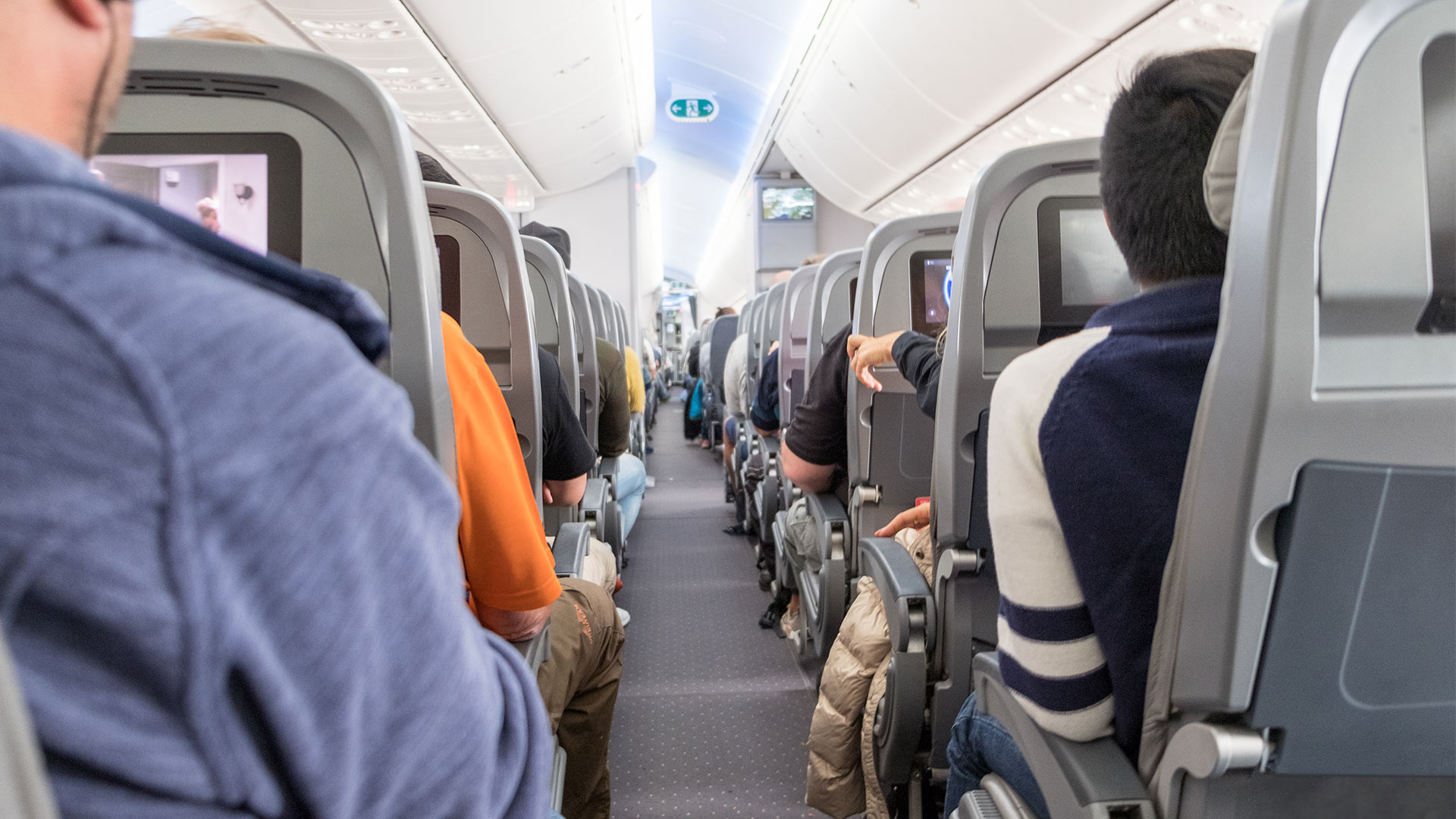
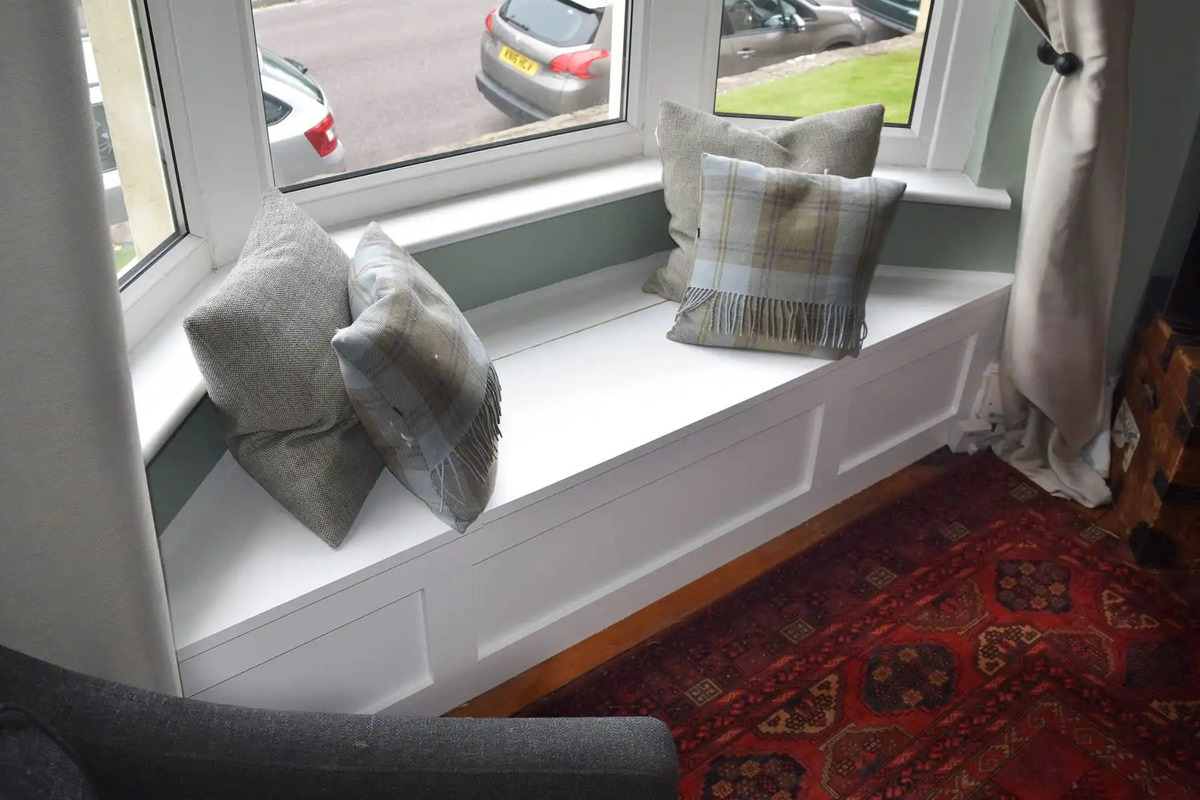
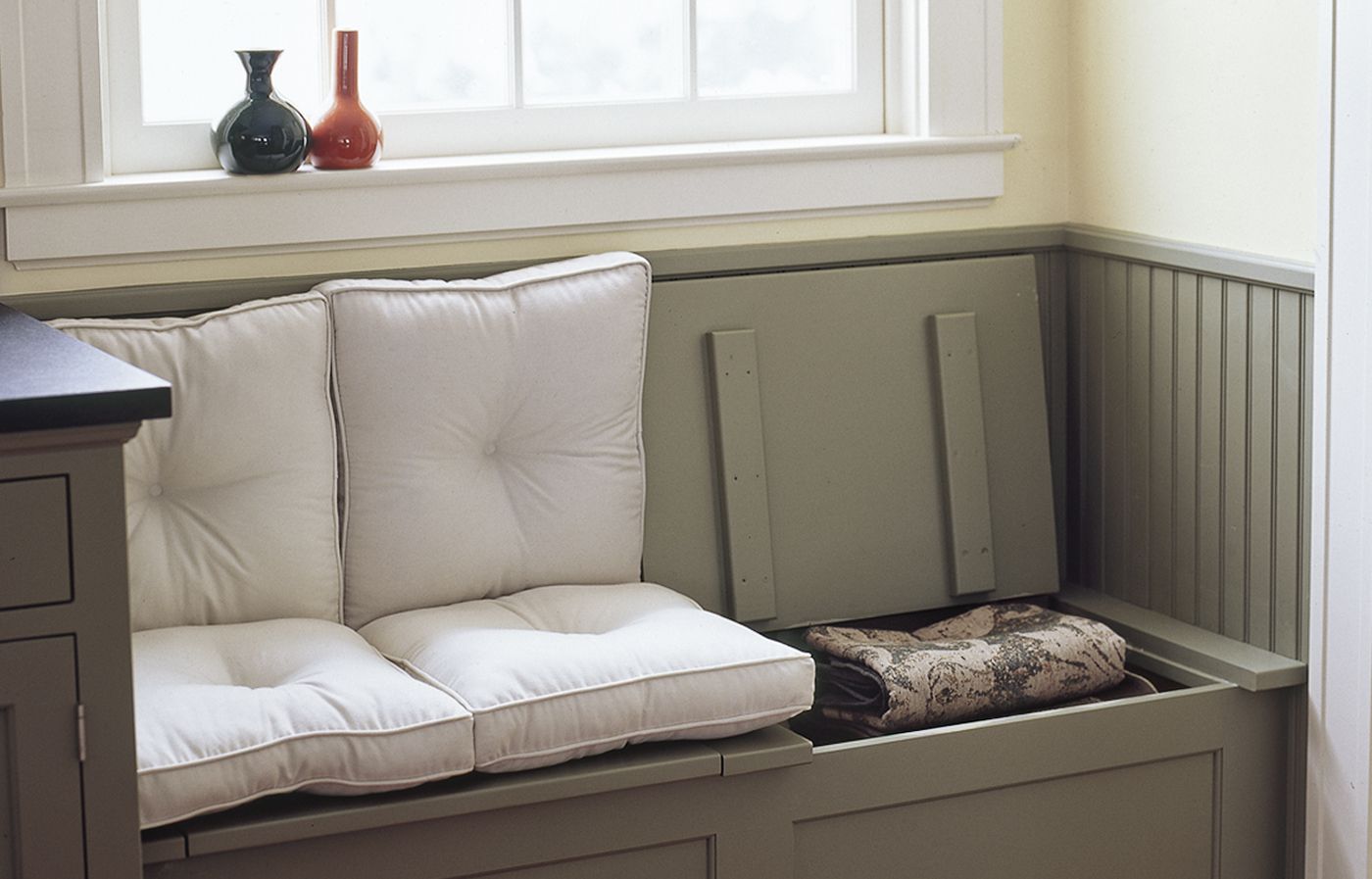


0 thoughts on “What Is A Window Seat Called”